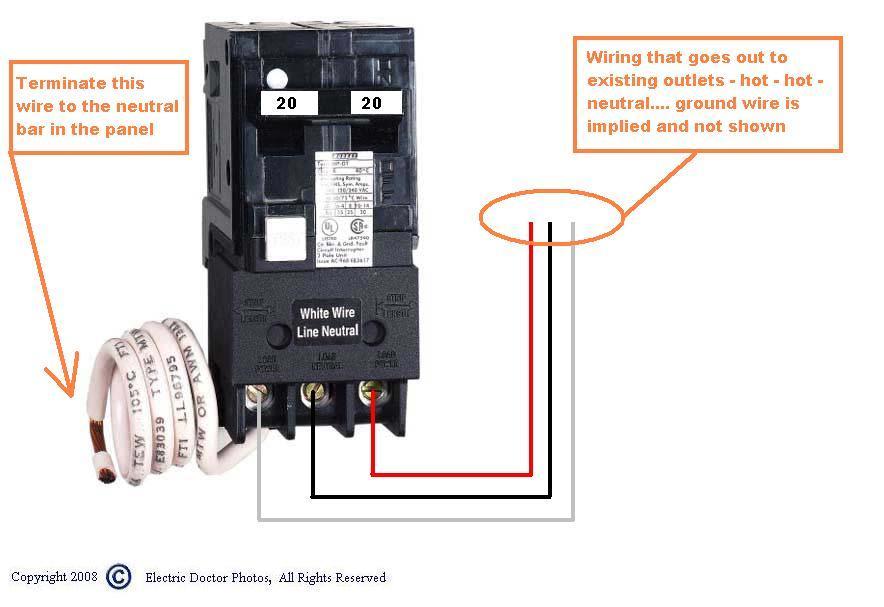Your line in neutral has to go to the breaker. The load side is a seperate neutral FROM the breaker so it can monitor for faults. They cannot be tied together on the same bar. Your line-in neutral should be connected (wirenutted) to the pigtail on the breaker and the neutral bar (load neutral) should be tied to the neutral terminal on the breaker.
Good catch. That is it. I missed it through the wiring, but see it now that you mention it.

























![Craft A Brew - Safale S-04 Dry Yeast - Fermentis - English Ale Dry Yeast - For English and American Ales and Hard Apple Ciders - Ingredients for Home Brewing - Beer Making Supplies - [1 Pack]](https://m.media-amazon.com/images/I/41fVGNh6JfL._SL500_.jpg)
































